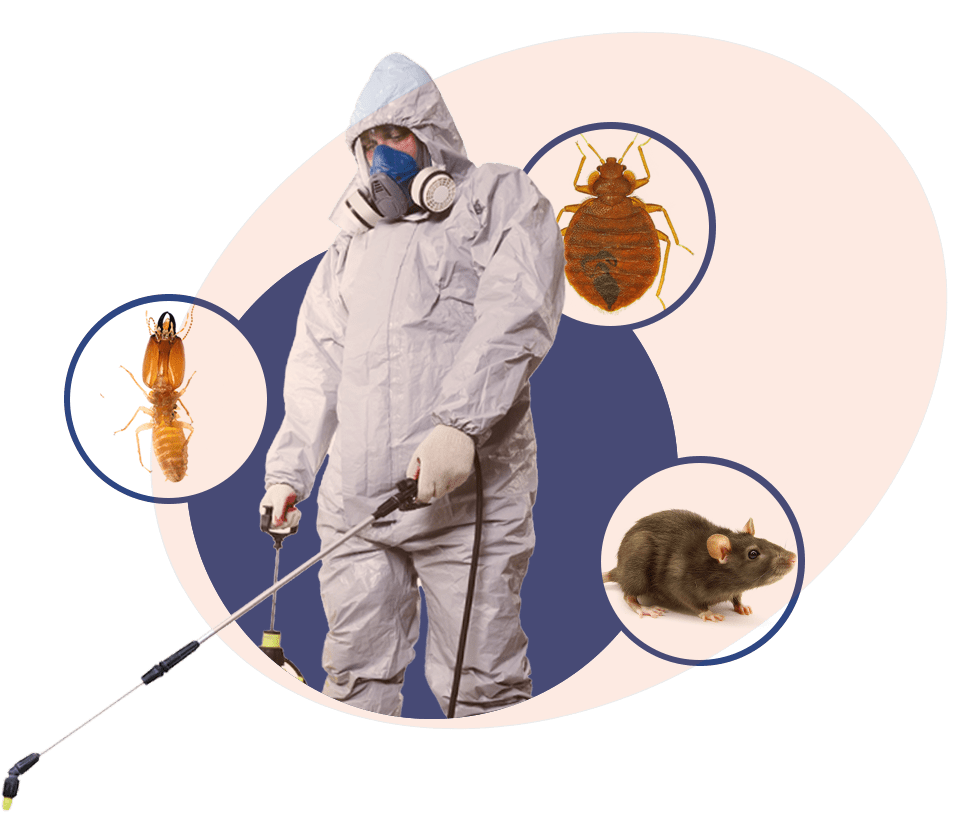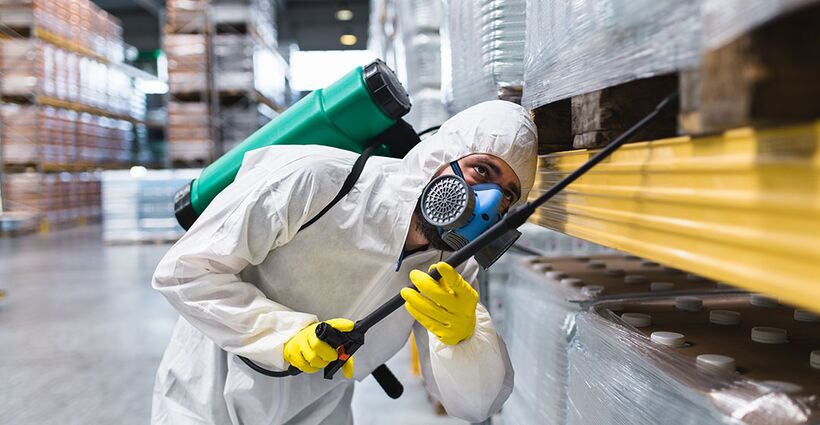Prevent Future Infestations with Services from Pest Control Lockhart
Prevent Future Infestations with Services from Pest Control Lockhart
Blog Article
Discovering Infestation and Treatment Approaches on the planet of Parasite Control
The landscape of parasite control incorporates a myriad of obstacles, specifically as invasions of typical household parasites continue to evolve. By integrating preventative steps with advanced management methods, such as Integrated Bug Monitoring (IPM), property owners can better protect their atmospheres.

Usual Home Vermin
When it involves managing our space, recognizing common home pests is vital. These parasites not just interrupt our comfort yet can also position health and wellness risks and damages residential or commercial property. One of the most common family pests include ants, cockroaches, rodents, termites, and bed bugs.
Ants, usually seen foraging in kitchens, can contaminate food and develop huge swarms. Rodents, including mice and rats, can create structural damage and lug diseases like hantavirus and salmonella.
Identifying the indications of these pests, such as droppings, nests, or bite marks, is important for very early treatment (Pest Control Lockhart). Correct cleanliness methods, sealing entrance factors, and keeping a clutter-free environment are efficient preventative actions. By recognizing these typical house bugs and comprehending their habits, homeowners can take positive steps to alleviate infestations, making certain a much healthier living environment
Understanding Pest Infestations
Bug infestations can rise swiftly, turning a small nuisance into a substantial trouble if not resolved without delay. Recognizing the nature of these problems is essential for efficient monitoring. Parasites can attack property and business areas for various reasons, including the search for food, shelter, or reproducing grounds. Common aspects contributing to infestations include inadequate cleanliness, architectural susceptabilities, and seasonal changes that drive bugs inside your home.
Determining the kind of pest is crucial, as different types show different behaviors and reproductive rates. Rodents might develop nests in hidden areas while pests like cockroaches thrive in damp environments. Early discovery typically hinges on recognizing indicators such as droppings, munch marks, or unusual noises, which can show a problem before it comes to be severe.
Cozy, damp climates can assist in the fast growth of bug populations, while changes in landscaping or building can inadvertently create favorable environments. An educated strategy to understanding these dynamics lays the groundwork for efficient pest administration approaches in the future.
Therapy Methods and Strategies
Efficient therapy approaches and strategies are important for minimizing pest problems and restoring a safe environment. A diverse strategy is frequently best, including chemical, biological, and mechanical methods tailored to the details parasite and the seriousness of the infestation.
Chemical therapies include making use of pesticides and herbicides, which can effectively get rid of bugs. Nevertheless, proper application and adherence to security guidelines are critical to reduce risks to human beings and non-target organisms. Integrated Pest Monitoring (IPM) encourages the wise usage of chemicals as a last resource, depending rather on tracking and threshold levels to determine treatment requirements.
Organic control techniques entail presenting all-natural predators or bloodsuckers to reduce bug populations. This approach is increasingly prominent, especially in farming settings, as it advertises ecological sustainability.
Mechanical approaches, such as catches and obstacles, give prompt alleviation from parasites without presenting chemicals. Alternatives include sticky catches for bugs or physical obstacles for rats.
Eventually, the choice of therapy technique ought to take into consideration the details parasite, the atmosphere, and potential impacts on human wellness and environments. A balanced mix of these approaches can successfully handle problems while advertising lasting pest control options.
Safety Nets for Homes
Proactively addressing pest issues prior to they intensify is crucial for maintaining a healthy home environment (Pest Control Lockhart). Executing efficient preventative measures can dramatically minimize the chance of problems, inevitably securing both your building and well-being

Appropriate landscaping likewise plays a crucial duty in avoidance. Keeping shrubs and trees trimmed away from your home reduces the chances of bugs discovering their method inside. Furthermore, make sure that water drainage systems are operating efficiently to avoid standing water, which can draw in insects and various other insects.
Lastly, routine assessments are a good idea. Consistently looking for indicators of parasite task permits for very early intervention. By taking on these safety nets, homeowners can produce an environment that is much less hospitable to visit homepage insects, thus boosting their total lifestyle and decreasing the requirement for considerable parasite control interventions.
Industrial Bug Control Methods
A comprehensive method to industrial insect control is vital for businesses aiming to preserve a secure and hygienic atmosphere. Efficient strategies entail a mix of routine inspections, worker training, and the implementation of Integrated Insect Monitoring (IPM) techniques.
Regular inspections allow early discovery of pest activity, enabling prompt intervention. Services should develop a regular timetable for these evaluations, concentrating on risky locations such as kitchens, storage areas, and garbage disposal sites. Worker training is similarly vital; staff needs to be enlightened on the indications of bug invasions and the value of reporting them instantly.
Implementing IPM practices aids reduce bug concerns sustainably. This includes habitat modification, such as securing entry factors and minimizing clutter, as well as employing all-natural deterrents prior to resorting to chemical therapies.

In addition, teaming up with a qualified pest control provider makes certain access to specialist understanding and innovative treatment alternatives. This collaboration can bring about customized insect control intends tailored to the specific needs of business, lessening threats and improving total efficiency. Eventually, an aggressive and informed strategy cultivates a pest-free environment, protecting both public health and organization reputation.
Conclusion
In final thought, effective parasite control demands a detailed understanding of usual household bugs and their behaviors, combined with targeted treatment techniques. Applying safety nets alongside treatment techniques such as Integrated Parasite Administration and organic control improves the capability to mitigate invasions. useful content Normal evaluations and a combination of chemical and mechanical remedies further add to keeping pest-free environments. Inevitably, an all-round approach to pest administration is important for securing living spaces from undesirable burglars. you can check here
Report this page